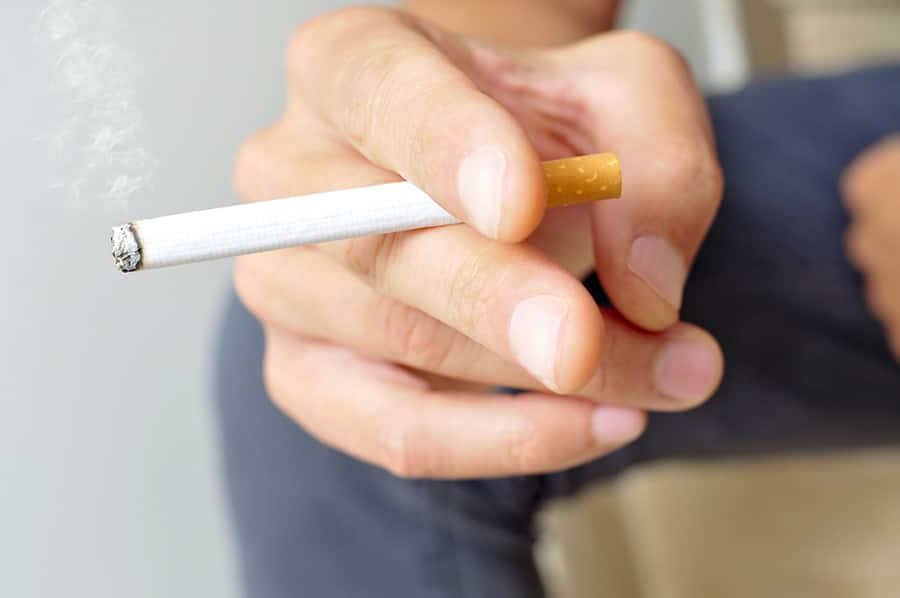Having a tooth pulled can be stressful but, typically, pain after a tooth extraction is minimal. And most teeth extractions heal well. Unfortunately, if the protective barrier on the exposed nerve and bone is dislodged, it can be more painful. Dry socket pain can be bad, but you can take steps to prevent common causes of dry socket and treat it quickly.
What Is Dry Socket?
After a tooth is extracted, the hole or socket left takes a while to heal. A typical socket has a clot protecting the exposed nerve underneath the outside elements, including food debris and even the air. Dry socket, known medically as alveolar osteitis, occurs when the clot is removed from the socket before your body has sealed it. You may be asking, how painful is dry socket? Exposing bone or nerves to food debris, crisp air, and more can be a sharp pain similar to tooth sensitivity.
How to Prevent Dry Socket
Some of these tips may be obvious to you. You shouldn't touch the site of your tooth extraction with your fingers or tongue: that can dislodge the clotting. Gently rinsing with salt water twice daily after tooth extraction can help by keeping the site around your socket clean. However, some behaviors like smoking and drinking from a straw can also lead to dry socket. Follow these tips to help prevent dry socket:
- Before your tooth extraction, tell your dentist about all the medications you are taking
- Avoid drinking from a straw and smoking
- Rinse with salt water at least twice daily
- Use a cold compress on the side of your face 10 minutes on/10 minutes off several times the first 24 hours post-extraction
- Avoid touching the socket with your fingers or tongue
- Follow all aftercare instructions from your dentist
Follow all of your dentist's recommended follow-up care after your tooth extraction, and be sure to go to your post-extraction follow-up appointment to avoid any complications.
Treating Dry Socket at Home
If you are experiencing significantly more pain after your tooth extraction, contact your dentist immediately so they can check for dry socket. Your dentist can make recommendations and prescribe new medication to help. Meanwhile, you can take steps to help treat the pain of dry socket at home:
- Rinse with salt water twice a day
- Use a cold compress on the side of your face with the dry socket
- Stay hydrated to prevent side-effects of pain medication such as nausea
- Avoid tobacco and alcohol
- Avoid drinking from straws
Dry Socket Treatment with Your Dentist
See your dentist if you think you've developed a dry socket. Your dentist can prescribe appropriate medications such as pain relievers or antibiotics to help the socket heal and recommend other tips for staying comfortable. Aspirin or ibuprofen can help relieve some pain. Still, you may need a prescription medicine from your dentist or oral surgeon.
If you believe the clot over your extraction site has become dislodged, call your dentist. They can clean the socket and pack it with gauze or other material to protect the exposed nerve and bone. Knowing what dry socket is and how to treat it with your dentist and at home can help relieve dry socket pain and heal your mouth quickly.
Oral Care Center articles are reviewed by an oral health medical professional. This information is for educational purposes only. This content is not intended to be a substitute for professional medical advice, diagnosis or treatment. Always seek the advice of your dentist, physician or other qualified healthcare provider.
ORAL HEALTH QUIZ
What's behind your smile?
Take our Oral Health assessment to get the most from your oral care routine
ORAL HEALTH QUIZ
What's behind your smile?
Take our Oral Health assessment to get the most from your oral care routine















